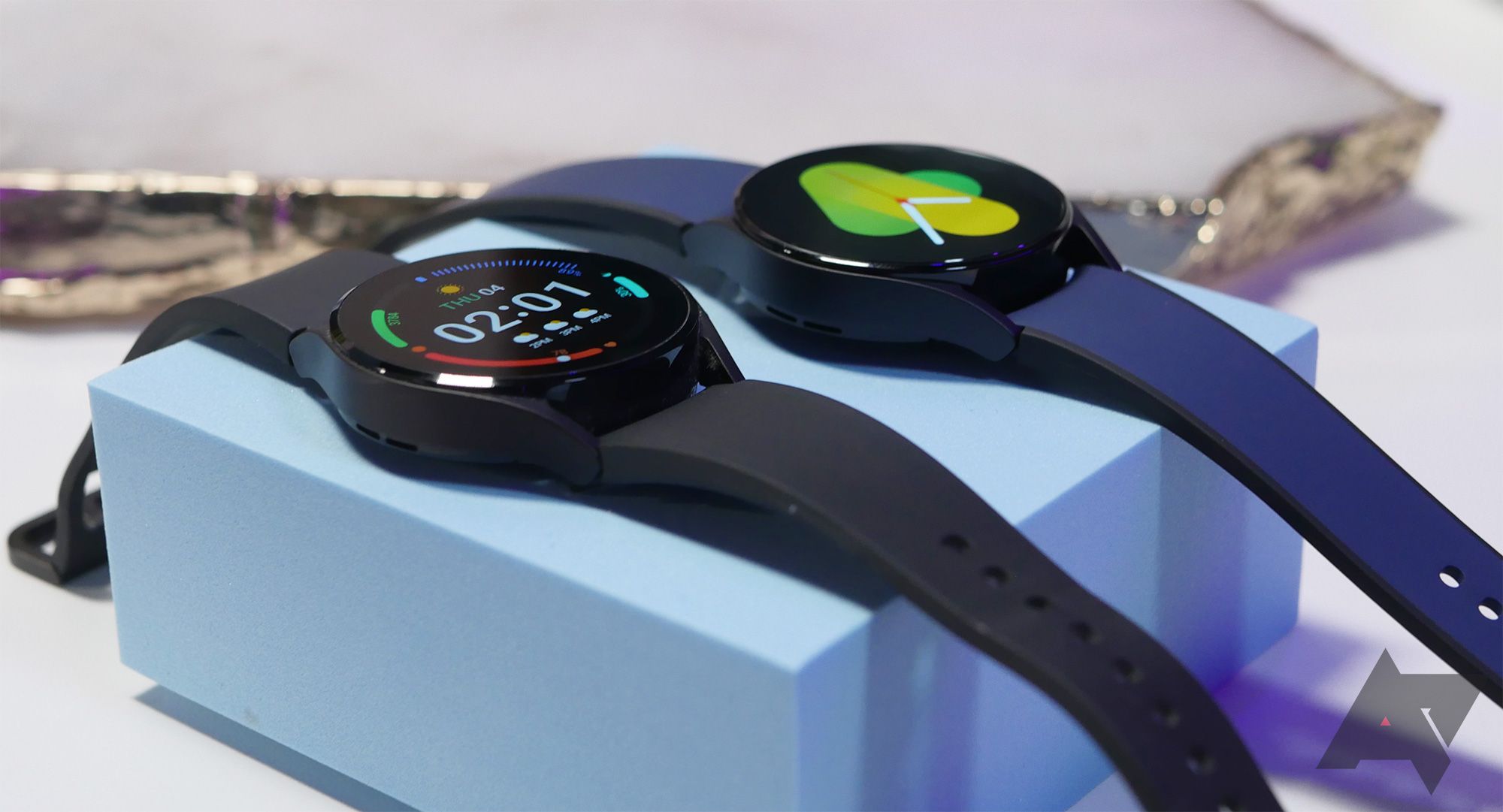EU-funded researchers are taking technologies known as “smart wearables” to the next level.
By Jessica Berthereau
What do cycling, showering and making love have in common?
All three activities prove the usefulness of a new generation of skin patches that can monitor people’s vital signs like blood pressure and heart rate, according to Professor Klas Hjort, head of the microsystems technology programme at Uppsala University in Sweden.
While “smart wearables” are already very much on the market and in people’s lives, researchers are seeking to improve the technologies in areas such as e-health and make the devices more comfortable to wear during regular activities.
Hjort led a research project called SINTEC that received EU funding to develop soft, water-repellent and reusable skin patches implanted with sensors and designed to take smart-wearable technologies to the next level.
The project ran for four and a half years through June 2023. It involved universities, companies and a research organisation from Italy, the Netherlands, Spain and Sweden.
‘We realised the need for more comfortable smart patches that anyone can use, whatever they do indoors or outdoors – having a walk in the rain, trekking, swimming, taking a shower, biking or even having sex,’ said Hjort.
Smart wearables are part of the ever-expanding Internet of Things, or IoT, a vast network of physical objects embedded with technologies such as sensors and software that make it possible to connect and exchange data with other devices over the internet.
A top challenge with smart wearables is to develop sensors that are comfortable enough to use throughout the day and don’t interfere with routine activities.
The SINTEC device includes a reusable soft sensor that resembles a small USB key and is held in place by a non-reusable adhesive patch. In addition to being soft and water-repellent, the patch is stretchable.
It monitors blood pressure and the electrical activity of the heart, allowing conditions such as organ damage, cardiovascular disease and stroke-related morbidity and mortality to be closely monitored by caregivers.
The device could also provide a new, non-intrusive way to manage hypertension – a “silent” medical condition that is characterised by high blood pressure and can lead to stroke, kidney disease and heart failure.
In sports, the SINTEC patch is more comfortable for athletes than existing technologies by being lighter and slimmer – seven grammes and three millimetres for the sensor patch compared with, for example, the 53 gm and 13 mm of a typical smartwatch.
Healthcare is potentially a prime beneficiary.
Smart wearables can, for example, enable remote medical care for patients, alert adults to gradual health declines and help people recover more quickly from injuries or illnesses.
Sports fitness is another field where smart wearables can play a large role. They can measure physiological parameters such as respiration rate and blood oxygenation that previously could be tested only in laboratories.
‘These smart patches can help athletes who train intensively to optimise their training and reduce the risk of injury,’ said Hjort.
It’s in this context that he referred to their potential utility during the act of sex.
‘These are things that are robust and can be used by anyone, anywhere and at any time,’ Hjort said. ‘The utility of such unobtrusive smart patches is not specific for the act of sex but will not be hindered by it nor hindering to it.’
Private companies including STMicroelectronics in Italy, a Dutch IoT specialist named EVALAN and Sweden-based Mycronic, a manufacturer of high-precision equipment for the electronics industry, collaborated with researchers to advance this technology.
In the worldwide smart-wearables market, patches are projected to account for a significant share. The value of the smart-patches market itself will exceed €25 billion by 2033, according to one analysis.
In Europe, top producers of smart patches include two Swedish companies called Beneli and Nile as well as Quad Industries in Belgium.
‘My hope is that European companies can secure at least 10 per cent of this market with our technology given that the leading manufacturers of smart patches are currently based in Europe,’ said Hjort.
Another priority in the fast-developing area of wearable devices is to gauge where they will be of most use for society in the decades ahead.
That’s what another EU-funded project tackled. Called A-WEAR, it also ran for four and a half years through June 2023.
The project prepared 15 young researchers to address upcoming challenges in smart-wearable technology and wireless computing.
The researchers formed a European doctorate network among five academic institutions: Brno University of Technology in the Czech Republic, Jaume I University in Spain, Mediterranean University of Reggio Calabria in Italy, the Polytechnic University of Bucharest in Romania and Tampere University in Finland.
Each of the 15 students pursued either a double or a joint PhD degree at two of the five universities. Eleven have earned their doctorate and the remaining four are expected to finish around the middle of 2024.
Their research concentrated on the social and industrial applications of smart wearables in areas such as e-health, social networking and industrial robotics.
For instance, one student focused on using smart wearables to identify diseases such as Parkinson’s or neurocognitive disorders early on, even before detection by traditional tests.
Smart sensors can detect even small changes in a person’s movement patterns such as an occasional freezing of gait. Such alterations are associated with an increased risk of diseases including Parkinson’s, according to Simona Lohan, a professor in the electrical engineering unit at Tampere University who led A-WEAR.
‘Using smart wearables for e-health will greatly benefit society as a whole by allowing early care and improving prevention,’ she said.
Other PhD students focused on improving the location-tracking features of smart wearables.
At present, indoor location tracking is hindered because buildings and interior structures can interfere with the signals used.
‘Indoor tracking is still very challenging,’ said Lohan. ‘We had students exploring various methods such as ultra-wideband for very precise, centimetre-level location tracking and Bluetooth for simple yet effective localisation.’
She said that, while A-WEAR itself has ended, some of its double-degree partnerships between universities are continuing.
‘Society needs to continue research in wireless communication and positioning,’ said Lohan.
This article was originally published in Horizon, the EU Research and Innovation Magazine.



